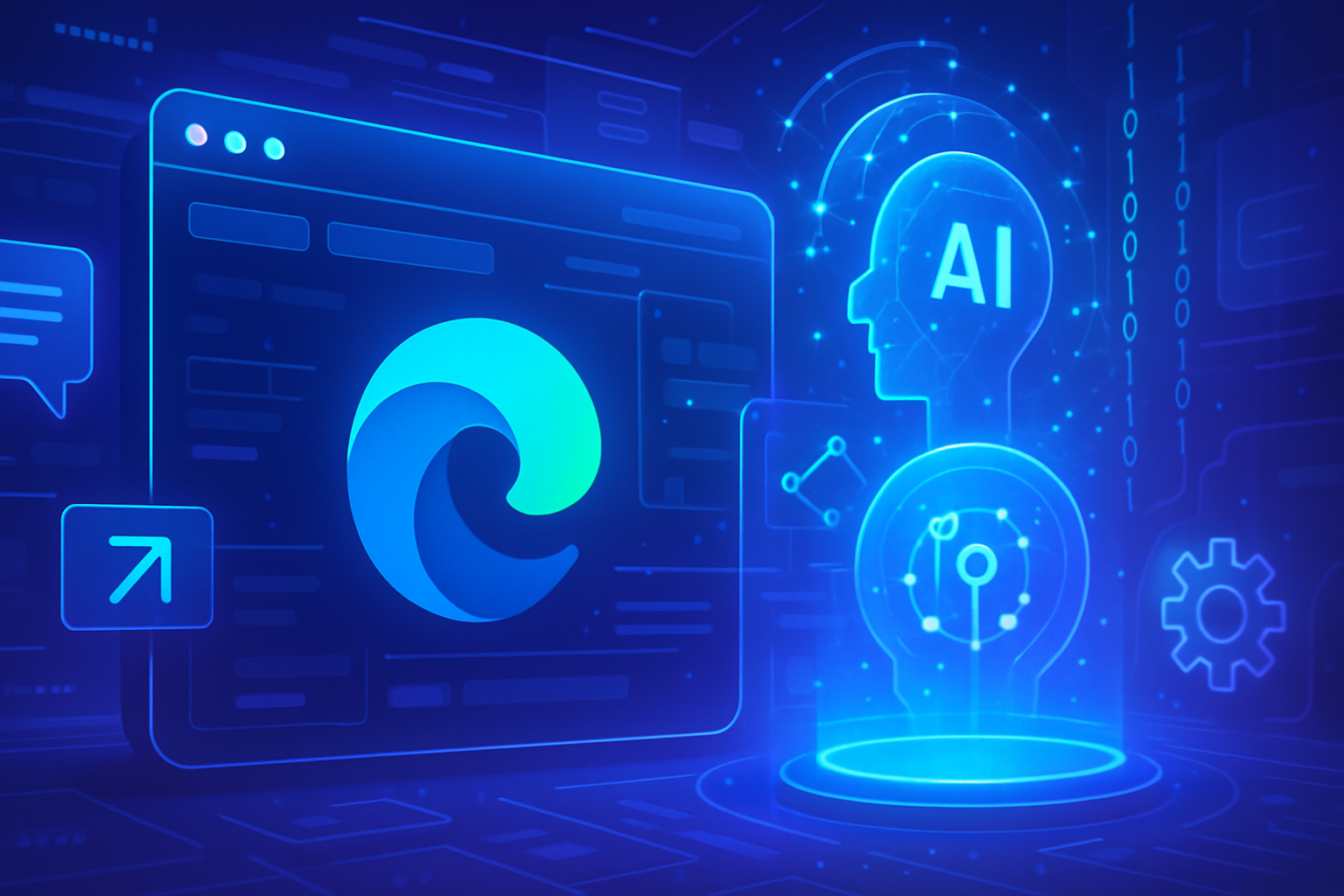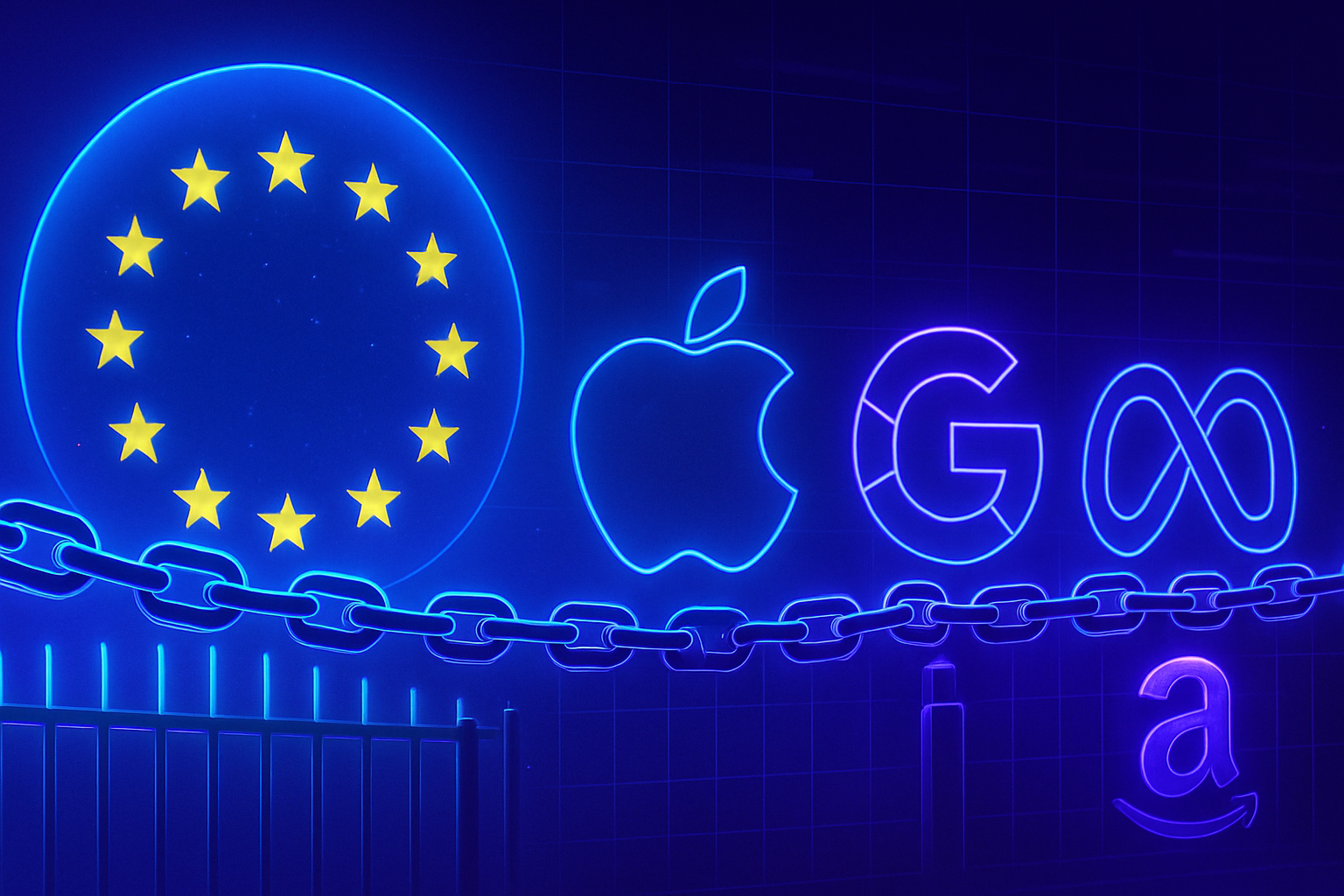The optimization of artificial intelligence by Microsoft relies on a significant exploitation of Word and Excel documents. The “Connected experiences” feature, discreetly integrated, transforms user content into an invaluable source for training AI models. This dynamic raises essential questions about users’ intellectual property rights.
The collection of personal data is becoming a major issue. Through its tools, Microsoft touches on the very nature of human creativity. The automatic activation of content analysis by default creates a regulatory gray area.
Deciphering this strategy for the use of Office documents proves essential. Understanding the legal implications of this clause is crucial. The escape to unsubscribe mechanisms complicates this reality. The balance between technological innovation and respect for copyright remains a growing concern in today’s digital ecosystem.
The exploitation of data generated by users
Excel, Outlook, PowerPoint, and Word: these iconic Microsoft tools do not just assist users in their tasks. They play a fundamental role in training the company’s artificial intelligence models. With the function called “Connected Experiences”, Microsoft deeply analyzes the content produced by users, thus transforming these documents into resources for its algorithms.
The clause contained in Microsoft’s service contract grants it an intellectual property license, allowing it to freely use this data. Users, often poorly informed, may not be aware of this potential exploitation of their secret and proprietary information.
The “Connected Experiences” feature
Microsoft has also introduced a feature called “Connected Experiences”, which analyzes content to provide recommendations on applications like PowerPoint or Word. According to the company, these experiences use the content to enhance user experience through relevant suggestions.
Such a strategy should not come as a surprise. The Redmond giant, as a major player in the industry, has long established a partnership with OpenAI, bolstered by massive investments. This raises the question of using Office data to feed OpenAI models, thus promoting the training of advanced language models.
Steps to disable this feature
Users who do not wish to share their content must take action. A publication from the Cyberciti.biz site explains that the feature is enabled by default. To unsubscribe, it is necessary to manually uncheck a box in the Office settings. These steps are often complex to locate, requiring up to seven manipulations to disable this feature.
A clause with extended power
Microsoft relies on a clause in its service agreement granting it broad powers over content produced by users, thereby confirming a global intellectual property license. This pragmatic clause could allow Microsoft to carry out various processing on the content, including storage, distribution, and transformation of data to improve its services.
This approach raises questions about how this model is communicated to users. Many of them, subscribers to the Office 365 service, do not realize the extent of this license. Consequently, a considerable number of personal and professional documents could potentially be used for AI training purposes without users being aware of it.
Who is affected by this setting?
The latest versions of Microsoft 365 are particularly concerned. Connected experiences remain optional, only for users logged into a professional or educational account. Microsoft states that restrictions exist on Windows devices, notably through the use of advanced settings or specific encryption methods.
Clarity regarding the activation of this setting remains vague. The determination of when this setting was integrated into versions is still uncertain, emphasizing the need for more transparent communication from Microsoft to its users.
The debate on data transparency
Concerns surrounding Microsoft’s data collection raise crucial ethical questions. Many denounce the opacity of these practices, creating a climate of distrust towards tech giants. The need for clear legislation and a more rigorous privacy policy appears imperative in light of these contemporary challenges.
The question of who owns users’ personal data against such powerful companies should be at the center of regulatory discussions. The debate over the use of data for training AI models, as generated by Microsoft, could redefine the relationships between consumers and digital service providers.
Frequently asked questions
How does Microsoft use Word and Excel documents to train its AI models?
Microsoft leverages user-generated content in Word and Excel through a feature called “Connected Experiences,” which analyzes documents to inform its AI models.
What is the clause in Microsoft’s service agreement regarding the use of documents?
Microsoft includes a clause in its service agreement that grants the company a global and royalty-free license to use user content to provide its services and improve its products.
What are the steps to disable the “Connected Experiences” feature in Office?
To disable this feature, follow these steps: File > Options > Trust Center > Trust Center Settings > Privacy Options > Privacy Settings > Optional Connected Experiences, then uncheck the appropriate box.
Are all Microsoft 365 users affected by this feature?
Yes, this feature is enabled by default only for users of the latest versions of Microsoft 365 when logged in with a professional or educational account.
What types of data are analyzed by Microsoft through documents?
Microsoft primarily analyzes textual content, images, and metadata from documents created with Word and Excel to refine its recommendations and improve its AI tools.
How can I know if my documents are being used by Microsoft to train AI models?
Since this use is integrated into the terms of service, it is not possible to know specifically which documents are being used. However, enabling “Connected Experiences” means that the content could be analyzed.
Does Microsoft have partnerships with other companies for the development of its AI models?
Yes, Microsoft has a long-standing partnership with OpenAI, and it is likely that the collected data is also used to train this company’s models.
Are there limitations on Microsoft’s use of my personal data for AI training?
Users can disable certain features, but the clause in the contract grants Microsoft wide usage of the data for the stated purposes, as long as users do not formally choose to opt out.






